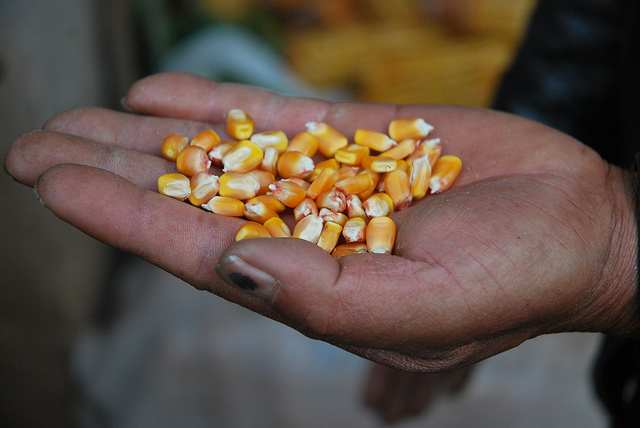
Bringing Drought Tolerance to Maize in Asia
 Maize is rapidly emerging as a key crop in Asian food systems. 70 percent of the maize harvest in Asia feeds the prodigious growth of the livestock sector, showing that maize is central to growing prosperity and changing lifestyles in the continent.
Maize is rapidly emerging as a key crop in Asian food systems. 70 percent of the maize harvest in Asia feeds the prodigious growth of the livestock sector, showing that maize is central to growing prosperity and changing lifestyles in the continent.
Yet it is not only maize’s aptitude as animal feed that explains its importance to Asia. Drought is an important threat to production, in the largely rainfed agriculture practiced in Asia, a problem in common with farmers in Africa and Latin America. In response to this need, several projects are underway to introduce drought-tolerant maize varieties adapted to the many different growing conditions found in Asia.
Bindiganavile Vivek, principal investigator with the Asian Maize Drought-Tolerance (AMDROUT) project, talks in detail about the efforts to introduce drought tolerance to Asian maize varieties in a blogpost from the Generation Challenge Program (GCP).
The AMDROUT project is one such example, drawing on advanced screening systems used in the private sector to tease out the complex genetics underlying drought-tolerance. This has been followed by other projects within CIMMYT such as Affordable, Accessible, Asian (AAA) Drought Tolerant Maize that is producing drought-tolerant hybrids. Finally, the International Maize Consortium for Asia (IMIC-Asia) is a group of 30 private-sector companies to channel the products of CIMMYT breeding to farmers’ fields.
AAA, Asia, breeding, drought tolerance, GCP, IMIC-Asia, rainfed, South Asia
